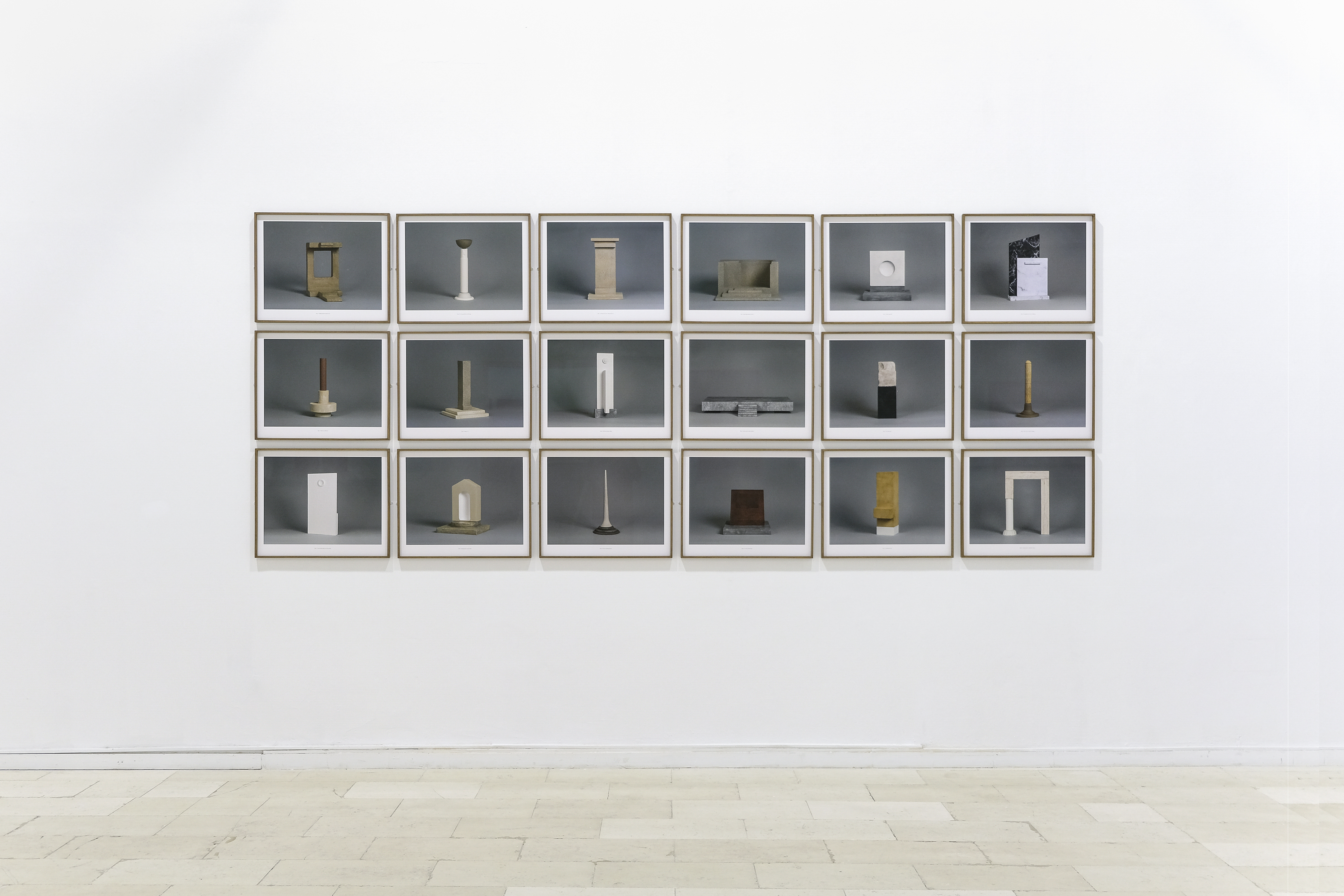


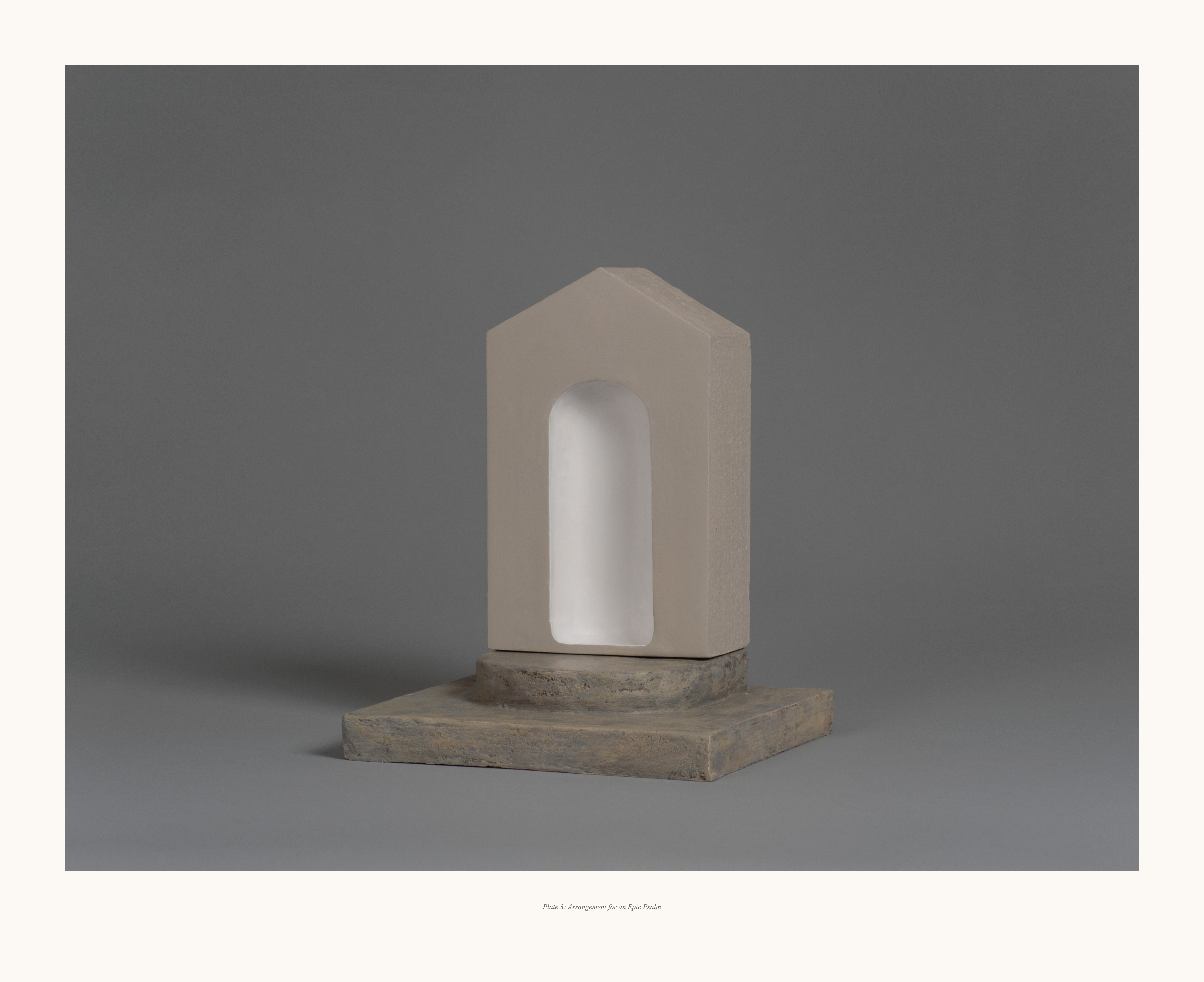
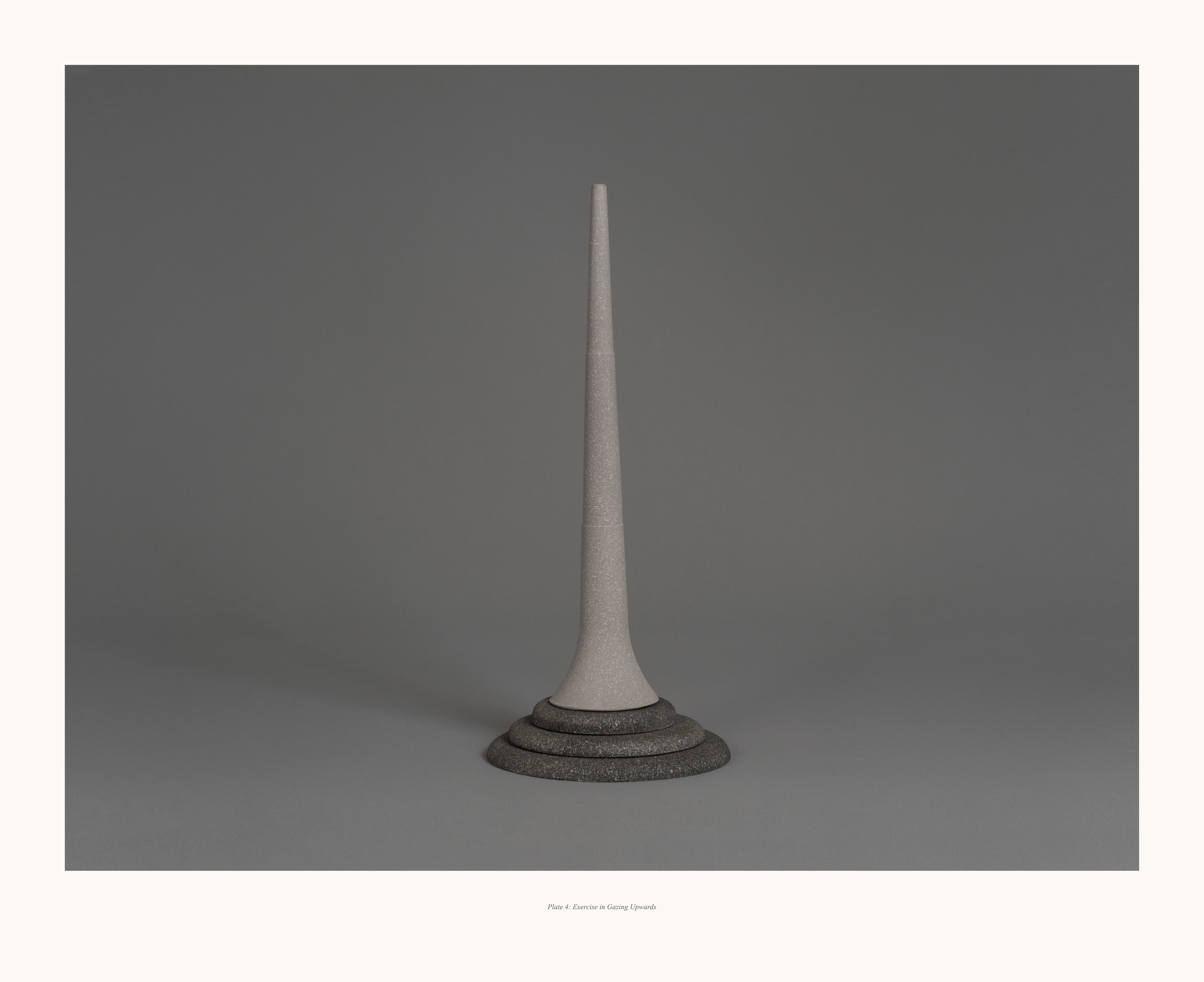

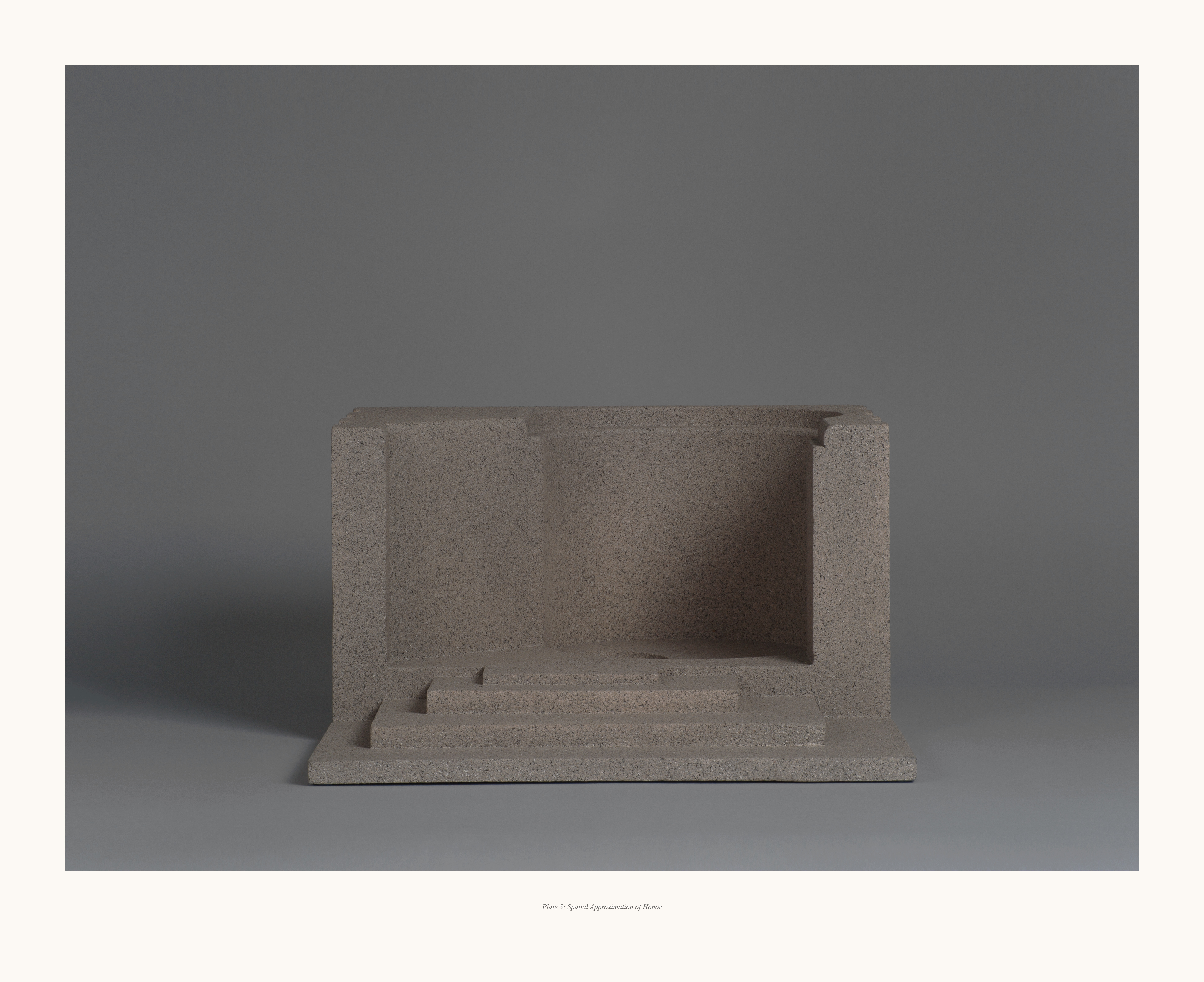
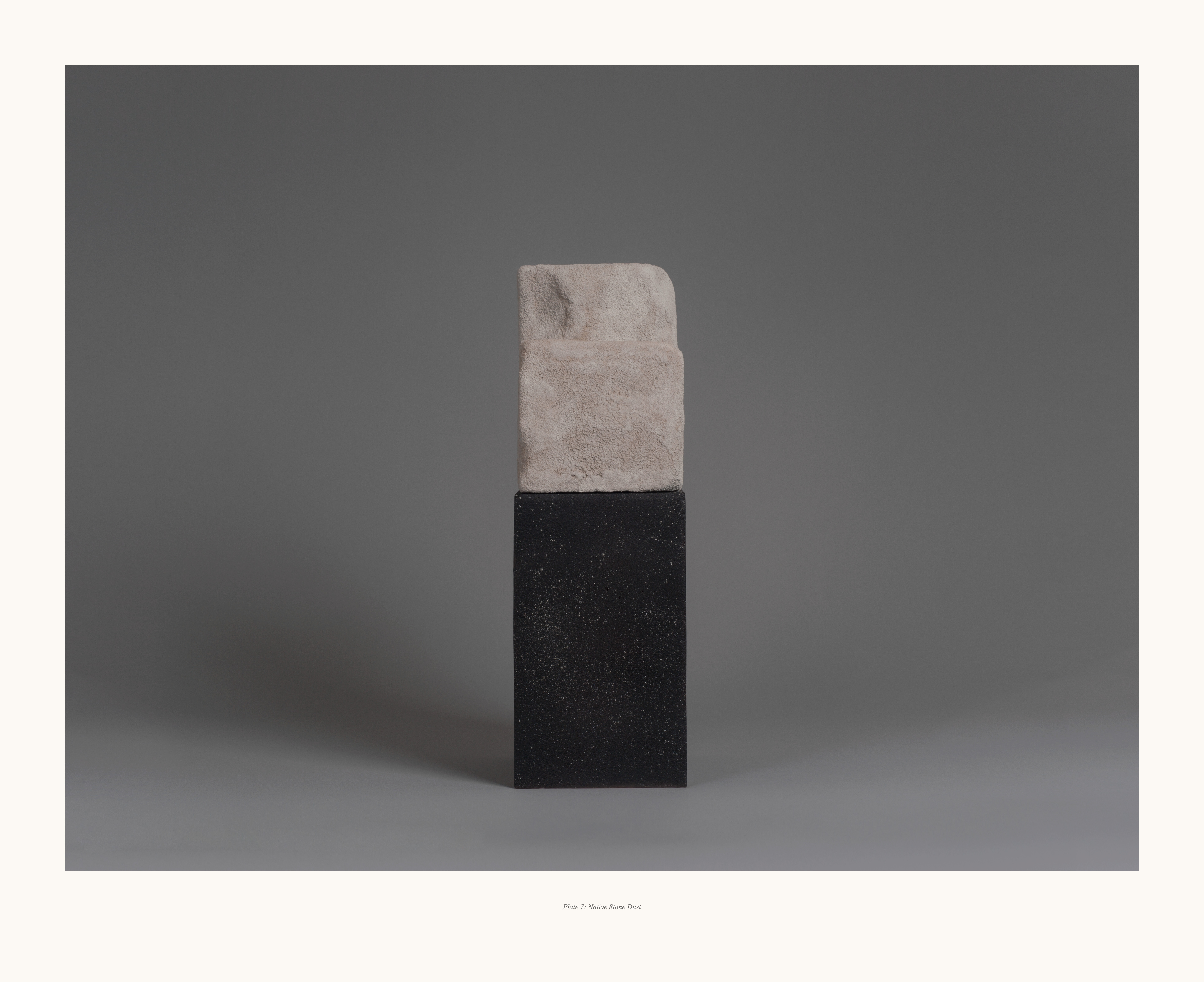

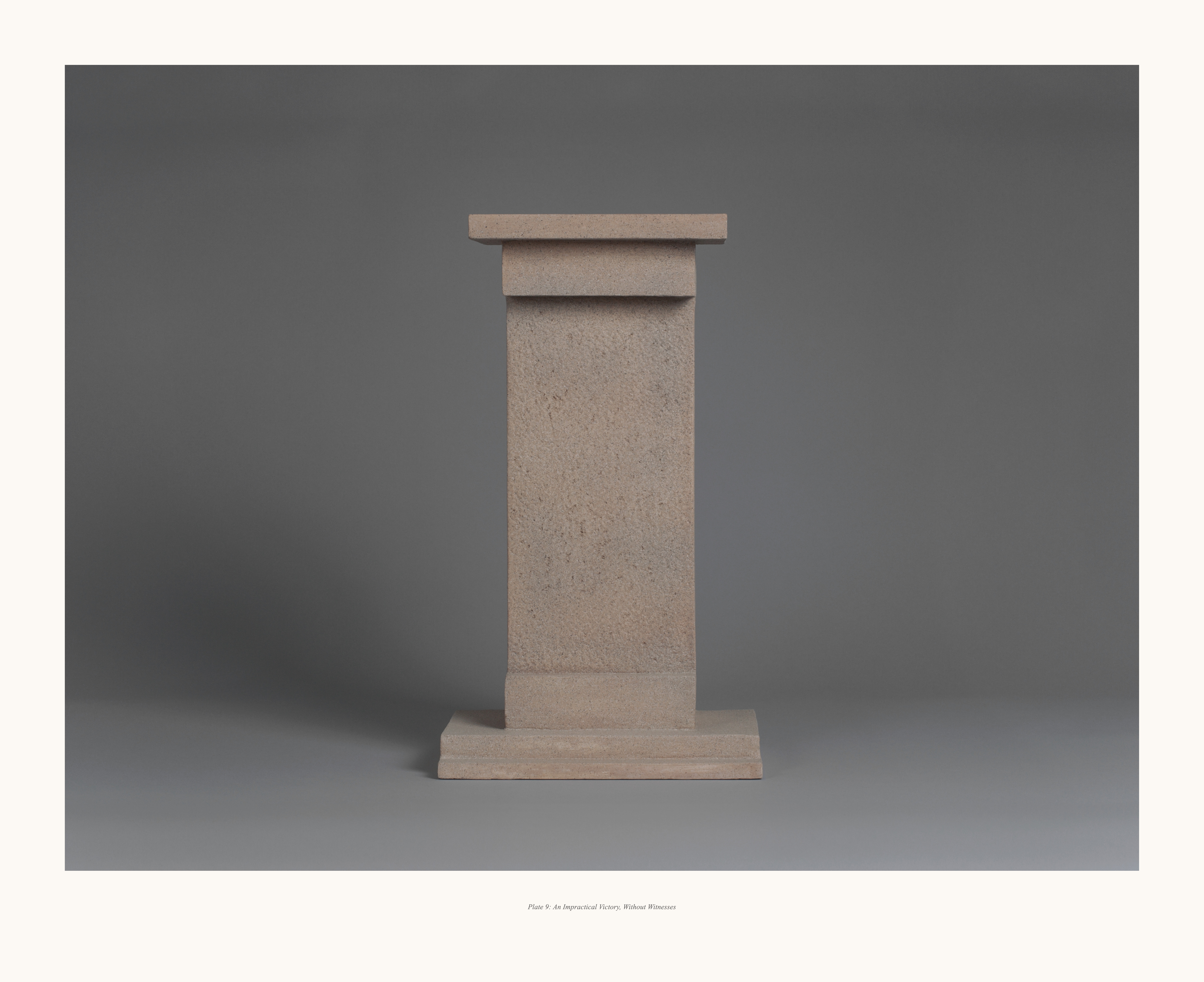
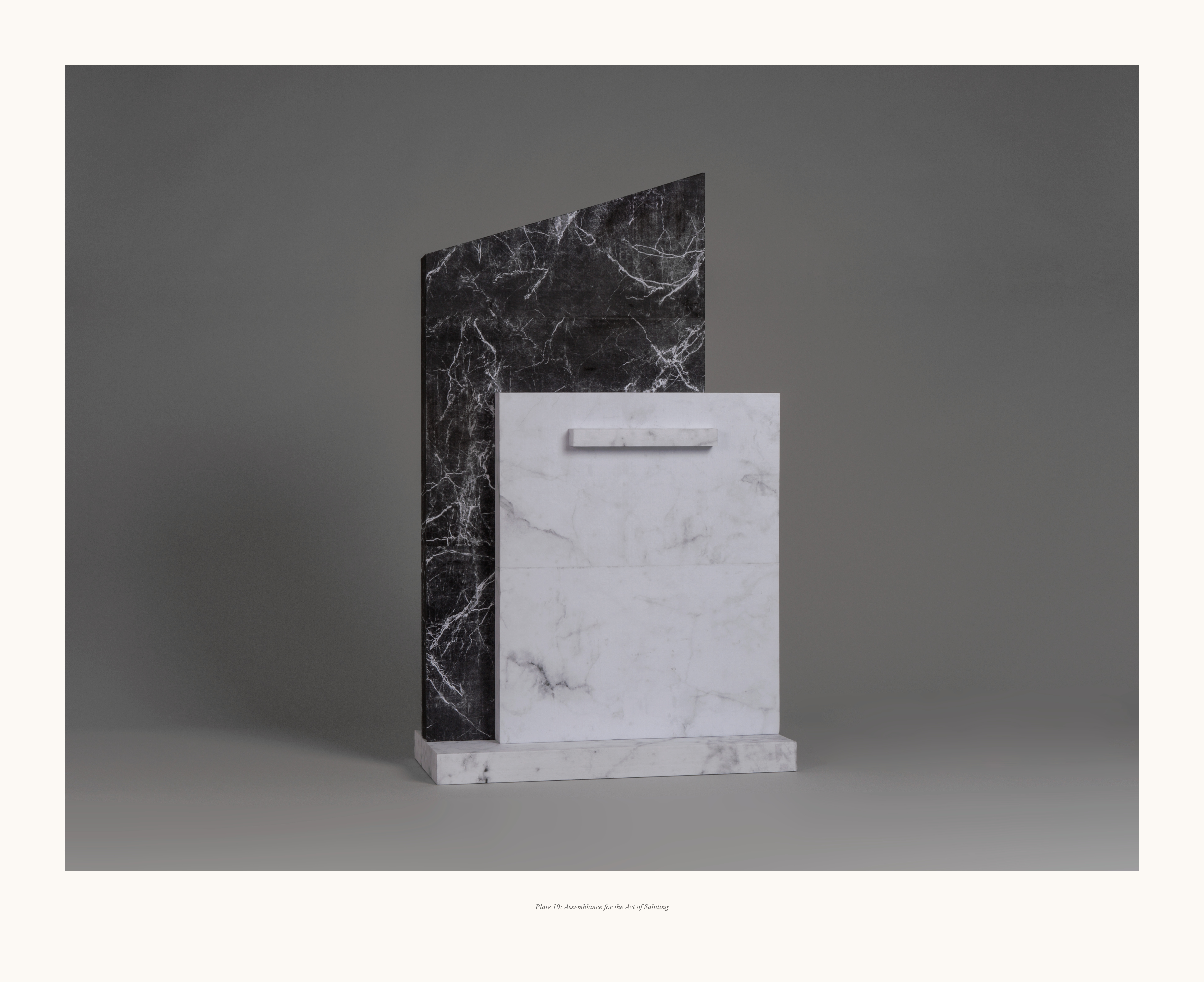
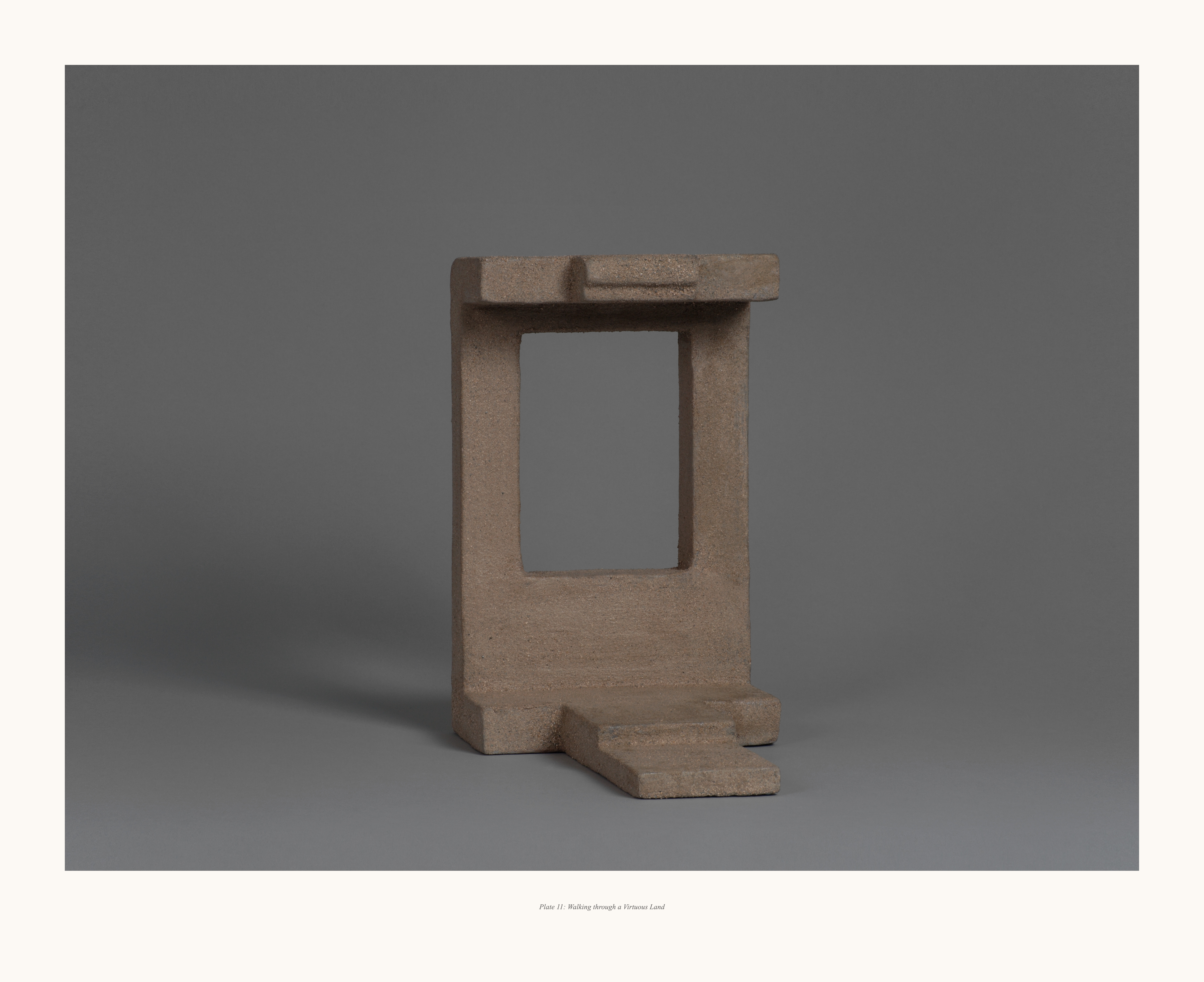
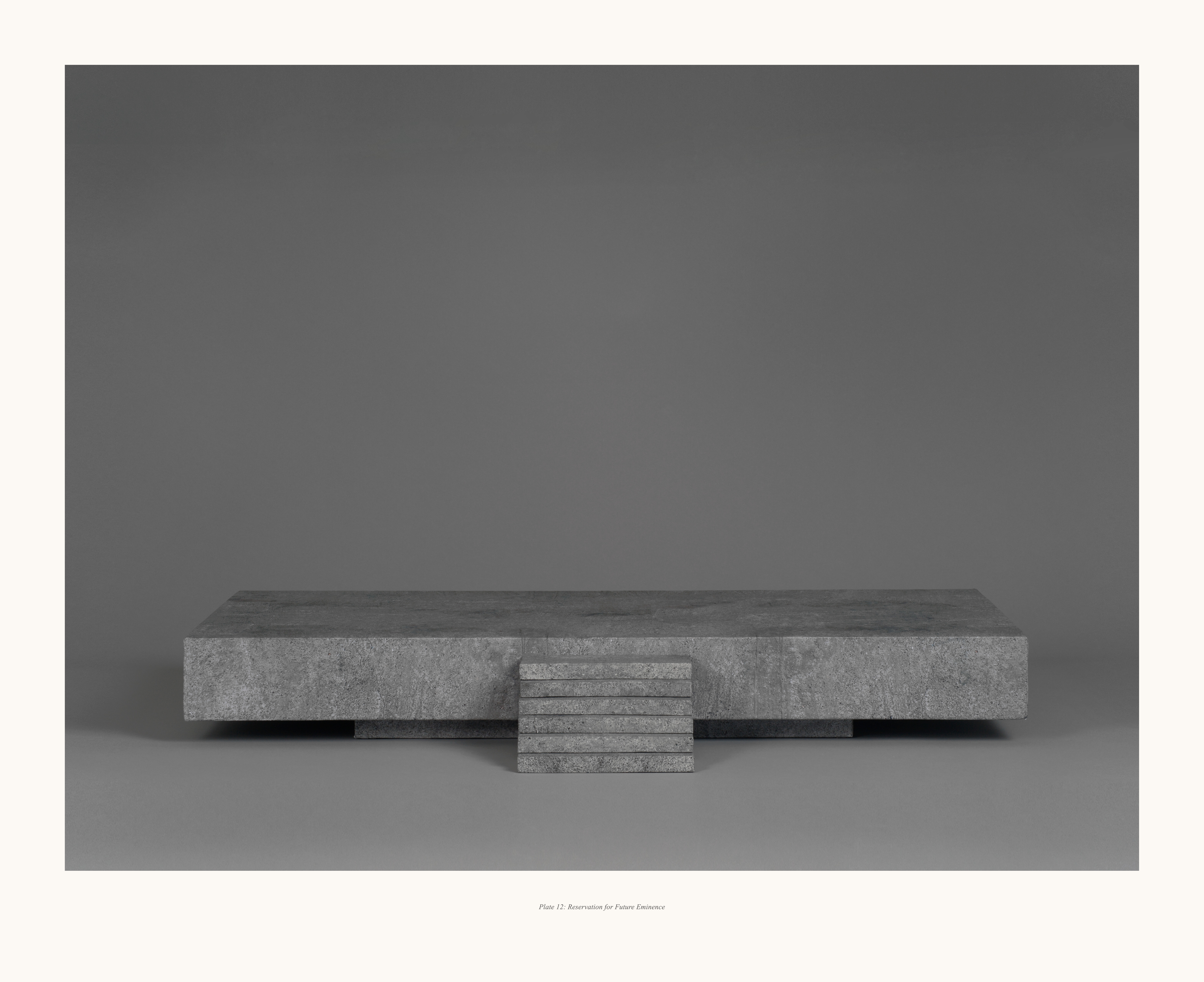
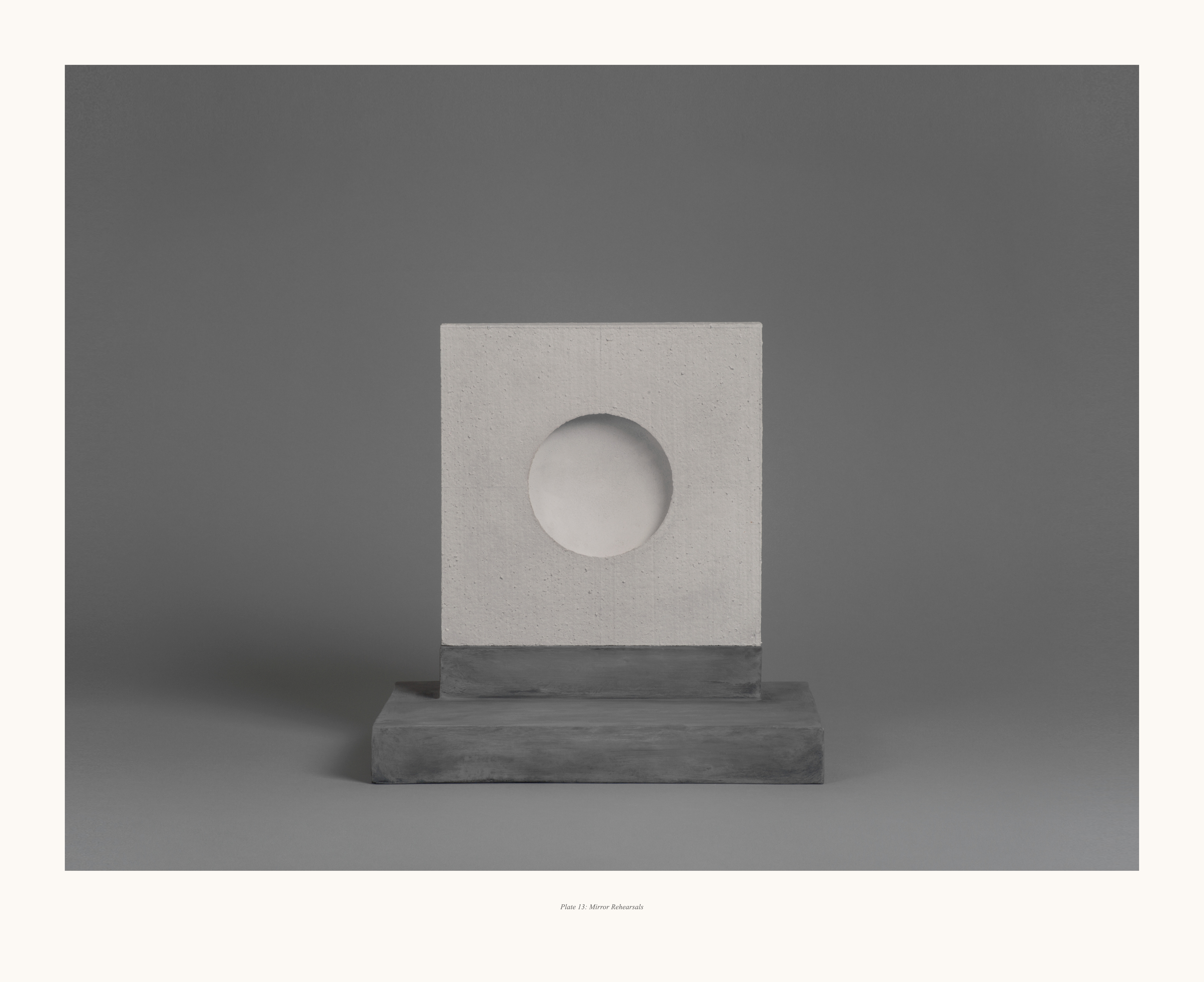




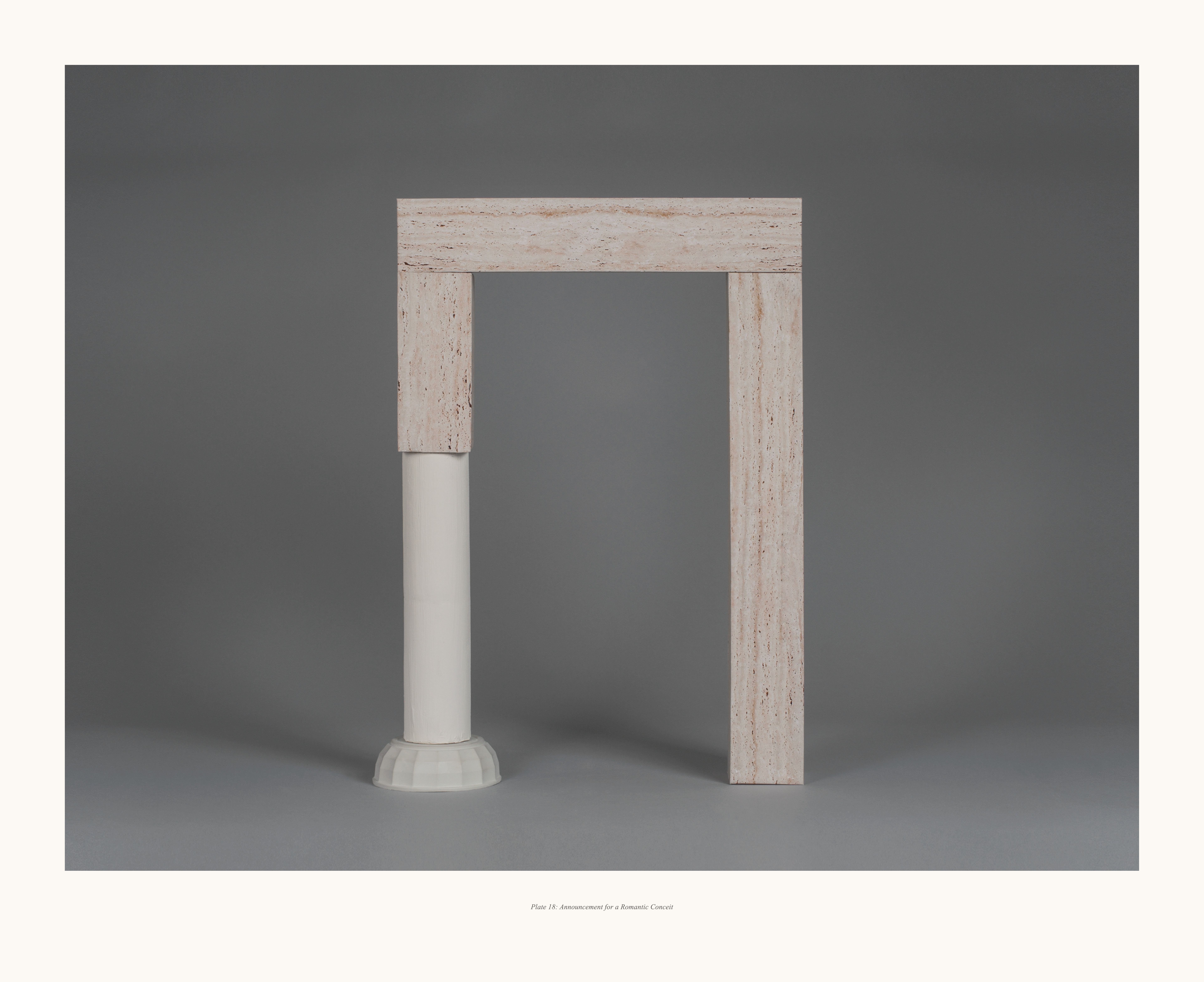
Propaedeutics on Memorial Structures Vol. III, 2018
18 archival pigment prints, dimensions 53 x 65 cm each
18 archival pigment prints, dimensions 53 x 65 cm each
Propaedeutics on Memorial Structures Vol. III investigates the condition of monuments and memorials
as cultural artifacts in relation to their photographic representations. The
project also examines the act of photographing—an act of production and its
consequent mediated operation—and appropriating photographic documents as evidence
of a particular historical narrative. Through latent significations in both
object and photographic record, the project critically reflects upon contested
articulations of collective national and cultural narratives pertaining to
these sites.
Alois Riegl defines monuments, in their oldest and most original sense, as “human creations erected for the specific purpose of keeping single human deeds or events alive in the minds of future generations.”1 While this act of commemorating is essentially affective, both monuments and memorials become physical and cultural memory aids, or more specifically “materialistic modes of privileging particular histories and values.”2 Inextricably political in their discourse on collective memory, monuments are often directly associated with national history (or histories), national narratives and symbols, operating as public platforms onto which selected contexts, identities and claims are being negotiated. As these man-made structures become constructed signifiers of political, cultural, social and national agendas, they are transformed into asserted historical evidence that eventually permeates into the collective consciousness and actively participates in historical representation. And while monuments can achieve historical artifact status both immediately upon their unveiling, as well as over the course of time, their polysemy is what is most interesting here. They simultaneously become a sightseeing attraction, a material sign and a symbol of a system of values.
Alois Riegl defines monuments, in their oldest and most original sense, as “human creations erected for the specific purpose of keeping single human deeds or events alive in the minds of future generations.”1 While this act of commemorating is essentially affective, both monuments and memorials become physical and cultural memory aids, or more specifically “materialistic modes of privileging particular histories and values.”2 Inextricably political in their discourse on collective memory, monuments are often directly associated with national history (or histories), national narratives and symbols, operating as public platforms onto which selected contexts, identities and claims are being negotiated. As these man-made structures become constructed signifiers of political, cultural, social and national agendas, they are transformed into asserted historical evidence that eventually permeates into the collective consciousness and actively participates in historical representation. And while monuments can achieve historical artifact status both immediately upon their unveiling, as well as over the course of time, their polysemy is what is most interesting here. They simultaneously become a sightseeing attraction, a material sign and a symbol of a system of values.
The project introduces a number of fabricated sculptural
objects that imitate formalistic conventions and vaguely evoke stereotypical
symbolisms and narratives of Cypriot memorial typology. In assimilating formal
traces such as use of material, form and style, these ambiguous sculptures emerge
as familiar cultural structures and are treated as “legitimate” historical
artifacts worthy of being photographically recorded and catalogued. Forgeries
in their use of material and scale, these “counter monuments” obscure evidence
of identification and authenticity, while their visual representation further
contributes to the politicized status of the monument-narrative.
Simulating formal conventions used in archaeological photography, the resulting photographic archives enhance the idea that these are indeed valid archaeological-historical finds, objects or sites of historical and cultural value. Textual information included on the photographic plates is carefully selected—and purposely only loosely translated in English—from seminal post-war Greek literary works that defined the modern Greek cultural, political and social identity. As Shanks proposes that we should “think less of photographs than of photoworks, with emphasis placed upon acts of cultural production,”3 these images question photography’s function, operating more as a cultural or political act, rather than as an objective scientific apparatus. Much like these constructed monuments pretend to operate as cultural objects in their own right, their photographic documentation challenges the nature of the photographic medium used to record, document and illustrate, but more importantly, to interpret the material past, and hence lay claim to participating in historical narratives.
[1] Riegl, Alois. “The Modern Cult of Monuments: Its Character and Its Origin,” translated by Kurt W. Forster and Diane Ghirardo, Oppositions: A Journal for Ideas and Criticism in Architecture, vol. 25 (Fall 1982), pp. 21-51.
[2] Doss, Erika. Memorial Mania. The University of Chicago Press, 2010.
[3] Shanks, Michael. “Photography and Archaeology.” The Cultural Life of Images: Visual Representations in Archaeology, edited by Brian Leigh Molyneaux, Routledge, 1997, pp. 73-107.
Simulating formal conventions used in archaeological photography, the resulting photographic archives enhance the idea that these are indeed valid archaeological-historical finds, objects or sites of historical and cultural value. Textual information included on the photographic plates is carefully selected—and purposely only loosely translated in English—from seminal post-war Greek literary works that defined the modern Greek cultural, political and social identity. As Shanks proposes that we should “think less of photographs than of photoworks, with emphasis placed upon acts of cultural production,”3 these images question photography’s function, operating more as a cultural or political act, rather than as an objective scientific apparatus. Much like these constructed monuments pretend to operate as cultural objects in their own right, their photographic documentation challenges the nature of the photographic medium used to record, document and illustrate, but more importantly, to interpret the material past, and hence lay claim to participating in historical narratives.
[1] Riegl, Alois. “The Modern Cult of Monuments: Its Character and Its Origin,” translated by Kurt W. Forster and Diane Ghirardo, Oppositions: A Journal for Ideas and Criticism in Architecture, vol. 25 (Fall 1982), pp. 21-51.
[2] Doss, Erika. Memorial Mania. The University of Chicago Press, 2010.
[3] Shanks, Michael. “Photography and Archaeology.” The Cultural Life of Images: Visual Representations in Archaeology, edited by Brian Leigh Molyneaux, Routledge, 1997, pp. 73-107.